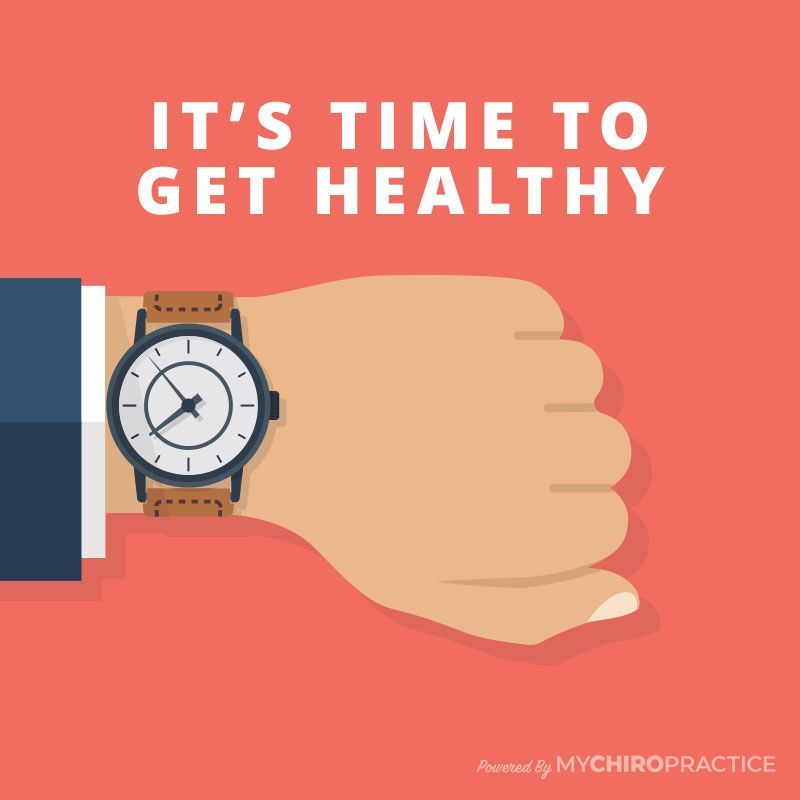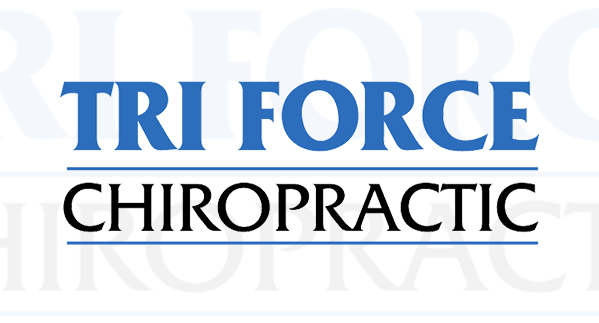Vitamin C: The Super Supplement

Vitamin C has been a popular supplement for many decades, and it is easy to see why.
More and more studies are showing that it can help improve absorption of other nutrients, slow the ageing process, promote healthy skin – and most interestingly right now, improve immune function and reduce the risk of pneumonia by as much as 85%! But understanding supplements is never easy – which type, how much, how often? In this article, I’m going to break it down for you and explain everything you need to know about supplementing vitamin C.
Different Types Of Vitamin C
There are many different types of vitamin C so it’s important to know which one is right for your needs. Ascorbic Acid is the cheapest and most readily available type on the market. It is vitamin C in its purest form, so it’s the best choice if you plan to take a high dosage. The downside is it is very acidic, so people may find it a little hard on the stomach. You will also find magnesium ascorbate, calcium ascorbate and various combinations of vitamin C with other vitamins. These include other nutrients that cannot be high dosed safely in the way ascorbic acid can.
Understanding Dosage – RDA
When looking at supplement doses there are several numbers often discussed. First, there is the RDA (recommended daily allowance) which is defined as “the average daily level of intake sufficient to meet the nutrient requirements of nearly all healthy people.” Many people take that to mean that the RDA of a nutrient is the amount you need to be healthy. But here is the interesting thing about RDAs. The RDA for a nutrient is worked out based on the very minimum amount required to avoid a severe deficiency disease (such as rickets for vitamin D or scurvy for vitamin C). It is NOT the ideal amount required for optimum health.
Take vitamin C for example. The RDA for vitamin C is only 60mg a day – a pitiful amount! Maximum Dosage and Tolerable Upper Limits The next number that is good to know is the UL (upper limit). Again, people take this to mean that is the maximum amount that it is safe to take – but it’s not that simple. The UL is calculated on the maximum amount you can take without experiencing ANY side effects.
But some side effects are not dangerous and are just a sign that your body is getting used to absorbing the nutrient. When supplementing vitamin C it’s not uncommon to initially experience some excessive bowel movements as your body adjusts to the dose. This is not dangerous nor is it a sign that you are taking too much. Just that you might need to increase the dose a little more gradually. Toxic Amounts Some vitamins and minerals can be toxic in high doses – such as heavy metal minerals like iron and fat-soluble vitamins like vitamin A and vitamin D. In most cases, these supplements only become dangerous if taken at high doses over prolonged periods of time, but they can also be lethal in just one (very high) dose. Because of this, it is important to fully understand the supplement you are planning to take and the correct dosage.
For vitamin C (in pure ascorbic acid form) there is no known toxic dose and it is considered safe. Vitamin C has been used intravenously in “mega doses” (hundreds or thousands of milligrams) to treat diseases such as cancers, pneumonia and even meningitis. They are currently trialing it, with some promising results, for the treatment of COVID-19 too. So How Much Vitamin C Should You Take? There is no definitive amount that suits everyone, but it does seem that while low dose vitamin C can have some positive effects, the real power is in the higher dosage.
Prof Harri Hemila, from the University of Helsinki, found that 6000- 8000mg of vitamin C per day could reduce symptoms of the common cold, but that 3000-4000mg could not. In another study involving 463 students, participants with flu that were given 1000mg of vitamin C an hour, for the first 6 hours, then 3000mg a day, showed 85% fewer symptoms.
You might also like



